Are you an equestrian enthusiast? Then you must have heard of the Paso Fino horse before. The Colombian horse with the seemingly impossible fast gait makes them look animated with a rider that seems to glide. Although the gait may seem forced to some, it’s easier to explain the Paso Fino gaits.
The Paso Fino has three unique gaits. They are the Classic Paso, the Paso Corto, and The Paso Largo. These three lateral gaits are over and above normal walking, cantering, and galloping. Paso Fino horses show their gait ability from birth. Because of its gait, the Paso Fino is highly prized.
The Paso Fino is a favorite at horse shows and draws gasps of awe and wonder, primarily when they perform the Paso Largo. However, a well-known Paso Fino had the reputation of sounding like a machine gun firing rounds while doing its fine step! So let us look at the gaits more closely.
The Paso Fino Gaits Explained
The Paso Fino has normal gaits like any other horse breed, but it is a master in the three extra gaits attributed to the breed. A Paso Fino can walk naturally, canter, and gallop, but its superpower is the Paso gait.
The gait of the Paso Fino can be explained as a walk that increases in speed. Have you ever tried walking with your right arm and right leg moving simultaneously? It feels unbalanced and looks uncomfortable, but not for the Paso Fino. This is precisely what makes them so unique.
The increase in speed is for both the footfall and forward motion. The hoof sequence for the Paso Fino gaits are –
-
Right Fore
-
Right Rear
-
Left Fore
-
Left Rear
The hoof sequence’s sound is a – Ka-tah-ka-tah-ka-tah-ka-tah and increases to a loud but distinguishable sound as the gaits change and increase speed.
In Paso Fino horse shows, the Paso is performed on a section of wooden flooring while the judges walk next to the horse. They judge the speed and stability of the rider, the precision of the footfall, and the overall look of the horse.
The Paso Fino is propelled forward by its powerful hind legs. As a horse lover, I wondered if it isn’t somehow damaging for the horse to perform the Paso. It was surprising to learn that the powerful loins and back of the horse absorbed the shock of the rapid walk.
The Paso Fino almost always has three feet on the ground, and their legs move independently, allowing minimal rider movement and making them appear motionless.
The Paso Fino is a medium-sized athletic horse forth a powerful body. They have a very gentle nature and love interacting with their owners and other horses.
The three gaits we will unpack are the Classic Paso, the Paso Corto, and the Paso Largo. In contrast, the footfall pattern doesn’t change, but the speed increases.
1. The Classic Paso or Classic Gait
While it may seem totally unnatural to somebody outside the horse world, the Classic Paso or Classic Gait is not at all forced, nor can it be forced on the horse. The Paso Fino Is born with this incredible ability to walk slowly while its feet move up and down rapidly.
The Classic Paso is the slowest of the three gaits. The horse moves forward slowly, but its feet move relatively fast. The bodies are almost motionless, and the tail is held at an angle. The neck is typically arched and held high.
The Classic Paso is performed as a rhythmic and slow walk, and the feet move evenly and without strain. The Paso Fino horse is supposed to have a good portion of ‘brio’ or a great temperament while performing the Paso. The Paso Fino horse’s ‘brio’ should be spirited without being difficult to control.
2. The Paso Corto Or Short Step
The second gait that characterizes the Paso Fino is the Paso Corto or the Short Step. The Paso Corto is faster than the Classic Paso and around the same speed as a non-gaited horse trotting.
Even though the Paso Corto is faster, there is no jerking movement, and the ride is smooth. The Paso Corto can cover ground at almost double the speed of the Classic Paso.
The Paso Corto must be performed with a medium stride and extension and not be hurried. In the show ring, the Paso Corto must be performed on command and over a wooden flooring structure to allow judges to hear the footfall sequence.
When the Paso Fino is used for work or pleasure, such as trail riding, the Paso Corto is the most observed gait. However, it’s slightly faster in a competition setting.
3. The Paso Largo Or Large Step
The Paso Largo is the third and fastest natural gait of the Paso Fino. The Paso Largo is performed in the same manner and pattern as the Classic and Paso Corto but much quicker.
The footfall pattern remains even, and the Paso Fino can reach 22mph while performing the Paso Largo. The Paso Largo reminds me of an American Saddle horse in full stride. However, the front legs are not lifted as high.
The Paso Fino horse can run almost 22 mph in the Paso Largo gait and can cover the most ground with this gait. The Paso Largo gait requires longer lateral extension of stride while maintaining the same even footfall pattern.
The Paso Largo is primarily used in cross-country competitions where the Paso Fino travels on dirt or asphalt roads. To witness several of these magnificent horses in action is hard to describe other than awe-inspiring.
Not only do they travel at 22mph, but they keep their necks arched and heads high. You will observe there is still no jerking movement from the rider. It’s a smooth and effortless motion from horse and rider.
The Paso Largo can be compared to the Icelandic horse’s gait. They call the gait “tölting” or flying space. For over 1000 years, the Vikings have protected the Icelandic horse breed and developed this gait to cover ground fast over hazardous areas and snow.
Why Does A Paso Fino Have Different Gaits?
Due to centuries of selective breeding between Spanish and South American horses, the Colombian and Peruvian Paso Finos were created.
Taking more than 500 years to perfect the Paso Fino we know today, the “gait-keeper” gene or allele was eventually isolated and perfected. The Paso Fino was a favorite workhorse on the island of Puerto Rico because their gait allowed the landowners a sure-footed ride.
The gait of the Paso Fino was not a trick that somebody trained into the horses. Still, it became a genetic marker, and the gait ability you may see in foals is natural.
How Does The Gait Work?
All horses have a footfall pattern moving their opposing legs simultaneously when they trot. On the other hand, a gaited horse will move its legs in a 4-beat pattern.
Upon switching legs, the horse will drop slightly before the other two feet hit the ground, so in a regular rhythm, it would be
-
Two legs down
-
Four legs up
-
Opposite two legs hit the ground
A non-gaited horse will have a body drop during this change of legs, and you will see a rider move up and down in a trot. It’s quite an exercise to keep up with the motion while the horse’s feet hit the ground independently.
On the other hand, a gaited horse like the Paso Fino always has a foot on the ground, so there is no drop in the body between the footfalls. This creates a very smooth ride.
Another interesting fact about a gaited horse is that its hind legs tend to be longer than a non-gaited horse’s. The longer hind legs also give them increased stamina and endurance.
Even though the hind legs are longer, it doesn’t lift the rump significantly but allows a more profound lift and the flex of the hocks to create a smooth transition.
Does The Paso Fino Require Special Training?
A Paso Fino is born with the gaiting allele or ability. It’s evident when you see a young foal move with its mother, and the Classic Paso is observed. When a foal does the Paso, it must be the sweetest thing to see.
The Paso Fino horse needs specialized training to perfect its gait and develop its brio and personality. You must follow a well-developed training routine to develop your Paso Fino horse for competitions.
It’s best if you work with a trainer that knows the breed well and understands the temperament and capabilities of the Paso Fino. They are sensitive horses and should not be handled by amateurs.
How To Ride A Gaited Paso Fino Horse
A Paso Fino is not the best horse for new or amateur riders. Although it seems you could climb on and ride a Paso Fino, you must build up a rapport with a horse, get to know the horse, and it must trust you.
If you don’t own a Paso Fino, try to go to stables where you can ride the same horse every time. This will allow you to develop a bond.
What will help you is learning the basics of the breed and how to ride the Paso Fino –
-
Harnesses that work best with the Paso Fino are the bitless Hackamore, but they must be used cautiously.
-
How to get the Paso Fino to change gaits from the Classic to the Paso Largo.
-
The best saddle for a Paso Fino.
-
Applying the right amount of leg and heel pressure to move the Paso Fino.
-
How much reign movement you would need to turn or stop a Paso Fino.
-
The correct length of your stirrup creates a relaxed seating position. Your leg should be extended to an almost standing position. The horse reacts to leg pressure.
-
There is no up-and-down movement in the saddle when the Paso Fino advances through the gaits, and only your hips should be moving from side to side.
-
The correct weight distribution should be on your feet and by keeping your shoulders steady and your arms relaxed on either side of your body.
-
Be aware not to sway or have your arms loosely dangling or flapping as the Paso Fino responds to a series of body movements to change gait and increase speed.
-
The Paso Fino reacts to lateral reign and leg/hip movement. This will turn the horse left or right but must be practiced consistently.
-
Advanced leg movements are for experienced Paso Fino horses and their riders, mainly used in the show arena where the interaction should be there but hardly noticeable. This may take years to perfect between a rider and a horse.
Can A Paso Fino Trot?
The Paso Fino cannot trot like a non-gaited horse. Sometimes it looks like it may break into the trot but turns into the Paso Largo or a canter. The Paso Fino has no instinct or inclination to go from a walk or a Classic Paso into a general trot, even if spurred on.
All that will happen is the horse will change its gait. It will most likely break out into the Paso Largo with beautiful lateral leg extensions and charge down the road at an alarming speed!
During all the short gaits the Paso Fino performs, they keep their legs tucked in under the body. Still, once it changes to the Paso Largo, the legs extend forwards and backward under the body.
How Long Can The Paso Fino Perform The Gaits?
When you look at Paso Fino horses performing the different gaits, it seems like it could be an extremely tiring exercise for the horse. However, a Paso Fino that is well trained and fit can perform for hours and not get tired.
It would seem that even though it looks exhausting, the gaits do not exert so much energy that the horse is under duress. In fact, Paso Fino horses can live up to 40 years of age without any health or bone ailments.
Conclusion
The undeniable value of the Paso Fino is apparent in several South American countries such as Colombia, Peru, and Puerto Rico. Not only is the Paso Finos rare and mesmerizing gaits a cultural heritage but a proud symbol of grace, poise, and brio.
Resources
https://www.youtube.com/watch?v=PPTPBj0o6dE
https://www.allthingsnature.org/what-is-tolting.htm
https://en.wikipedia.org/wiki/Hackamore
https://www.pfha.org/index.php/the-breed/the-gaits/


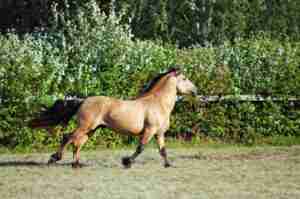
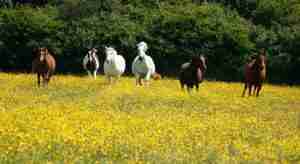
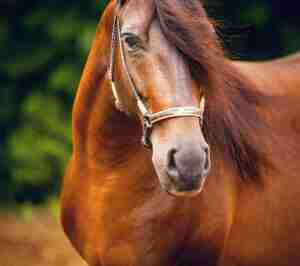
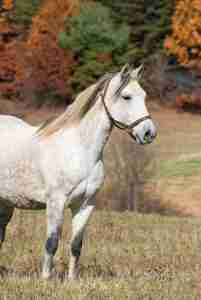
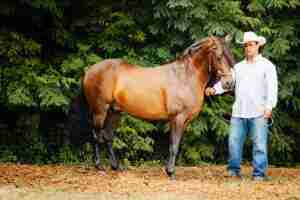




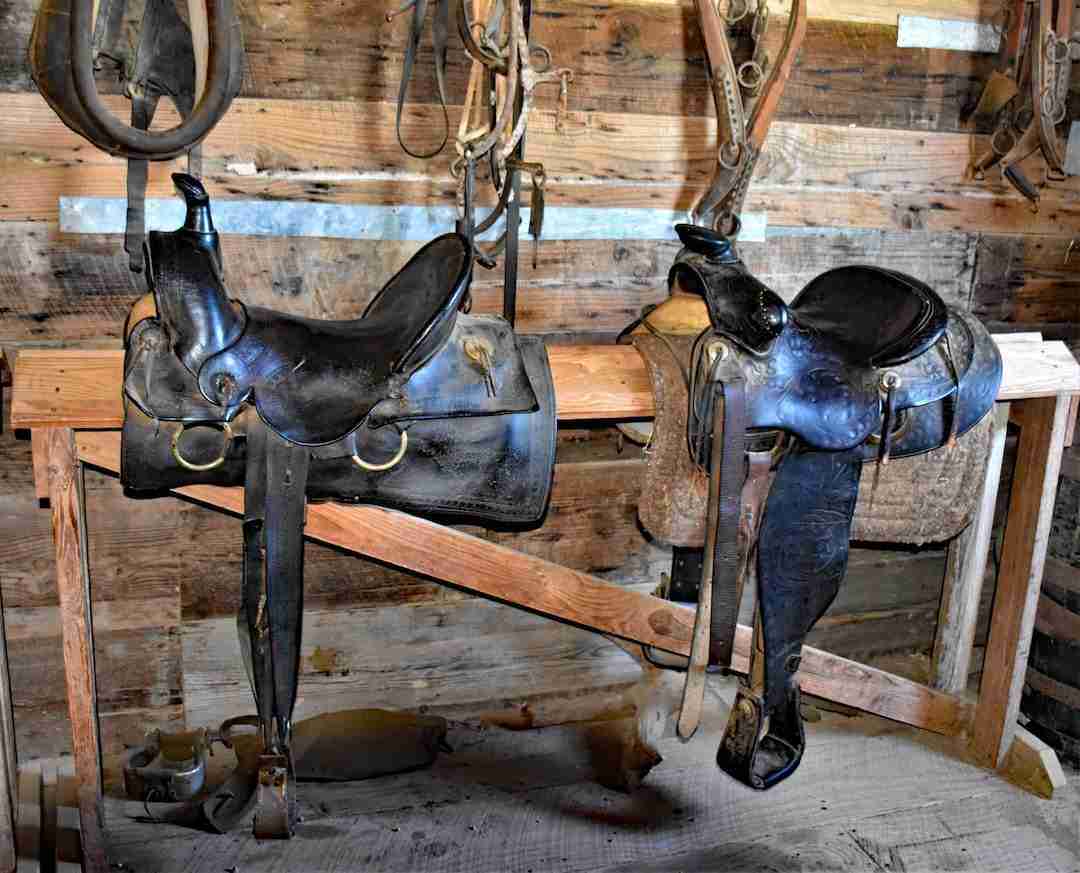

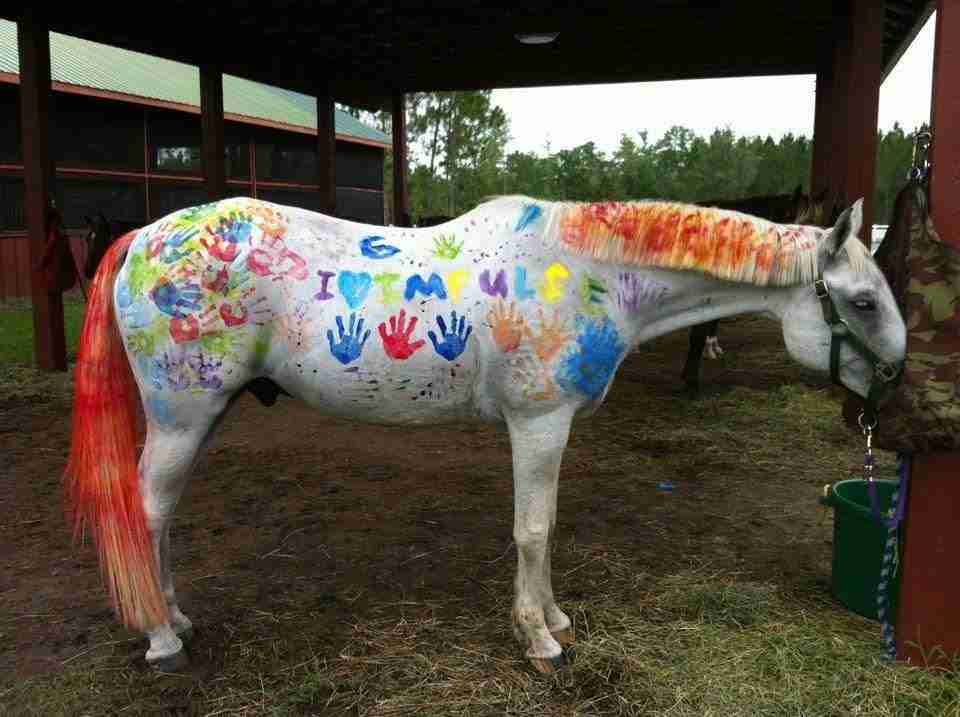
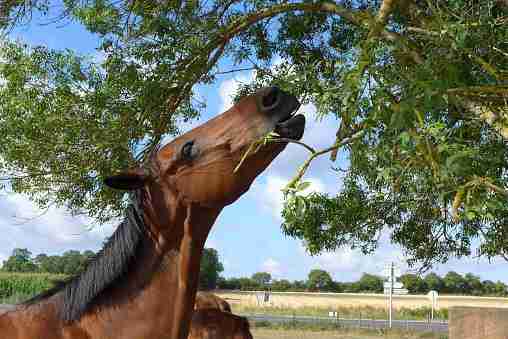
Verү good articlе. I certainly appreciate this site.
Thanks!